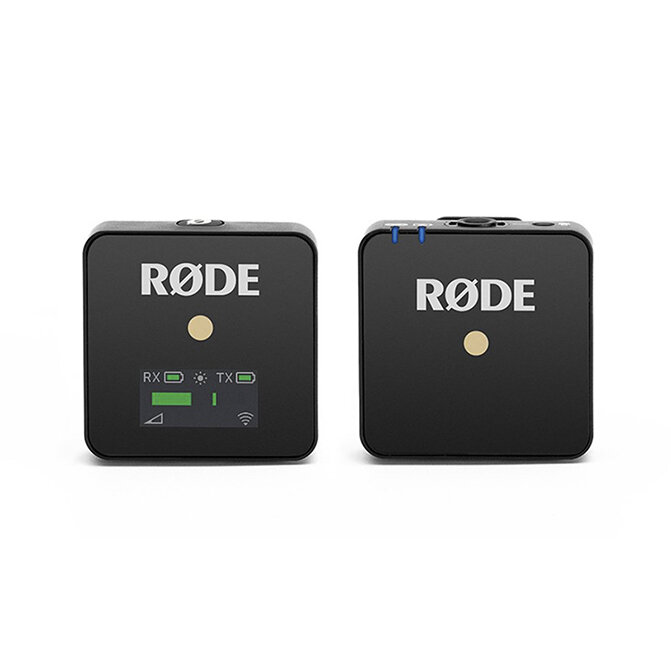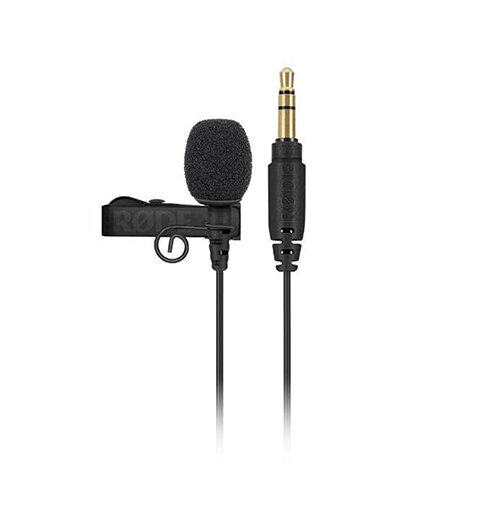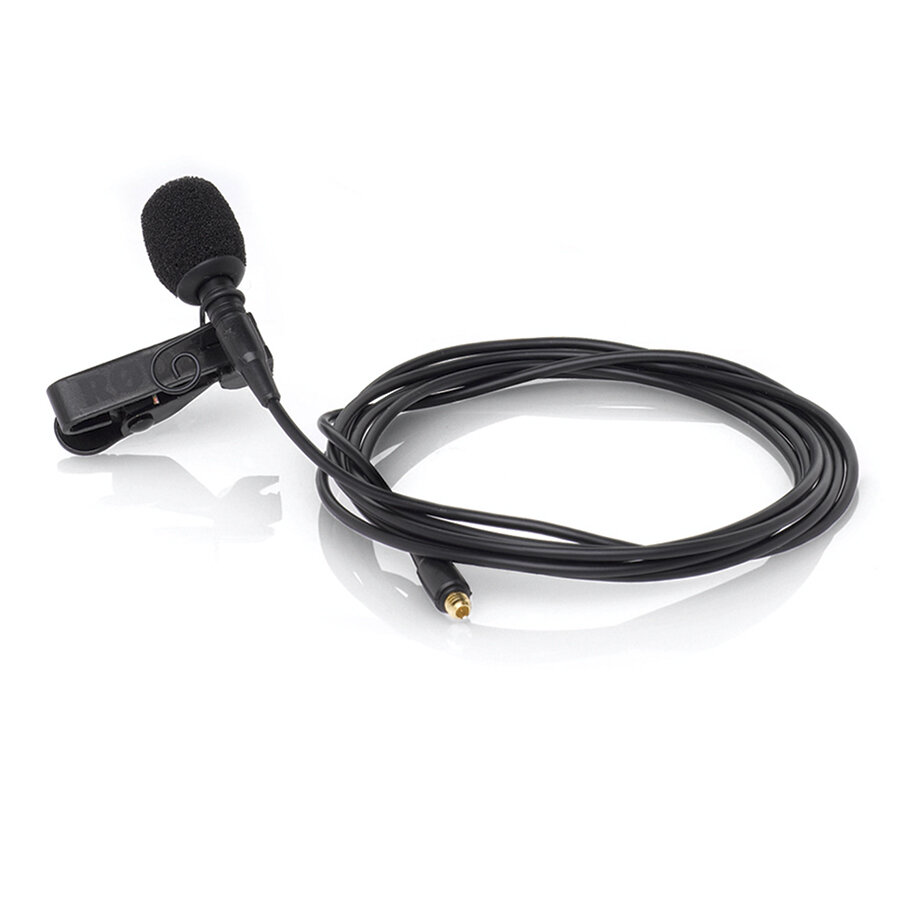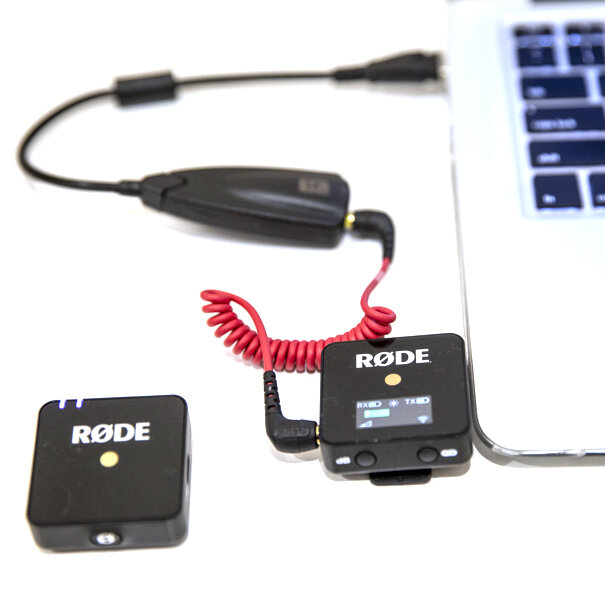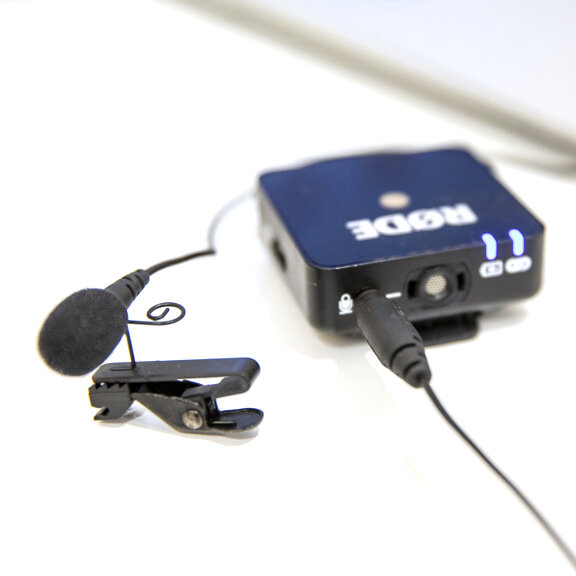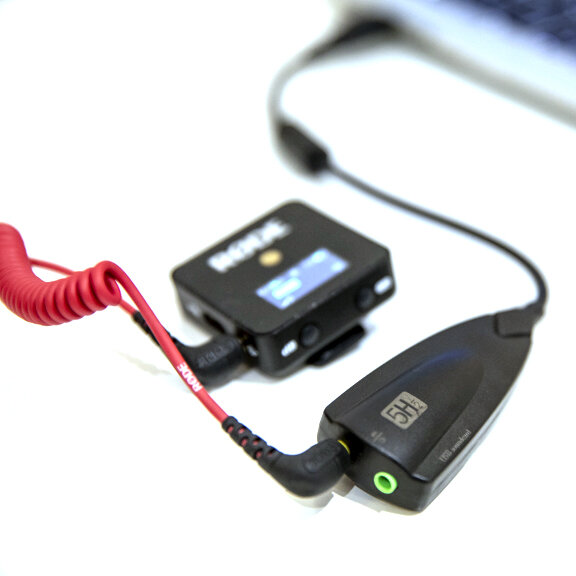How to Sound Your Best in a Zoom Meeting
Do you spend hours on Zoom, GoToMeeting, Google Hangouts, Adobe Connect.
When the users sound like they’re calling you from a deep deep well or large auditorium, how does it affect your concentration and work output?
Asking your colleagues to repeat themselves gets uncomfortable after a while, but so often the sound is garbled, interfered with static, rattles and clicks.
Here are some simple tips and tools to help give and get the best sound in zoom meetings, conferences and presentations.
1) Hard surfaces – Bad. Soft furnishings – Good.
a. Sound waves reflect off hard, straight surfaces making your sound unpleasant to the ears. Soft furnishings absorb the sound reducing the static, rattles and clicks so your words land smoothly on keen ears.
b. Select a room with plenty of soft furnishings such as soft furniture, carpets, rugs and wall coverings. You can even drape sheets or towels over flat, hard surfaces, and pull the curtains or drapes if you can. You can see in Katie’s yoga video that we have a wall covering in the background. What you don’t see is the screen divider to the side, soft gym matts on the floor and other soft furnishings.
c. Select an appropriate room to reduce/cut out background noises such as TVs, radios and chitty chatters.
2) Use an external microphone.
a. Built-in mics on your computer won’t do justice to your voice. You can use wired headphones with a mic in-line in one of the cables. But that will mess up your hair and let’s face unless you’re a DJ in in Ibiza headphones aren’t a great look.
b. Use a USB mic. Starting price for good quality mics is $50.
c. I use the Rode Wireless Go. It also comes in white when the dress code calls for it. Have the transmitter next to you or clipped to your lapel. Plug the receiver in your computer via a separate attachment sold separately. Pics below. The Rode mic will set you back approximately $245 (tax deductible) but it has many uses. You can use it with your computer, smartphone and cameras (especially DSLRs). What I love about this wireless system is that you don’t need to stand so close to your computer which will distort your face. We’ll get into that in our visual tips. More info on the Rode Wireless Go.
3) Connect to internet via ethernet cable
Ether what?!? You ask. I also sometimes forget that I can still connect to the internet via a cable. If it’s an important meeting or conference then I strongly suggest using an ethernet cable for a reliable internet connection.
Rode wireless mic
USB headset adapter cable to plug your Rode mic into your laptop.
Rode Lavalier lapel microphone
My set up. Plug the Rode mic into the yellow port of adapter cable.



